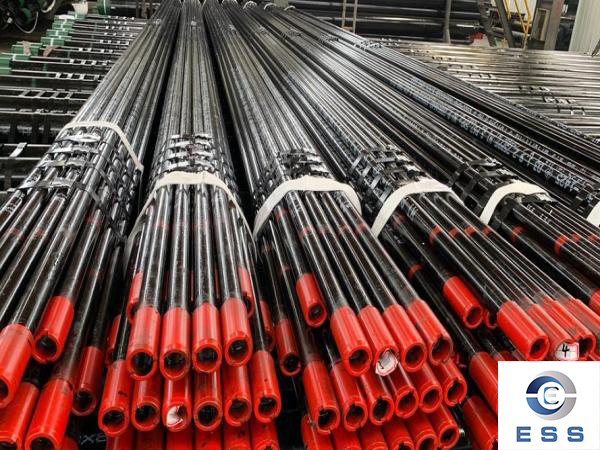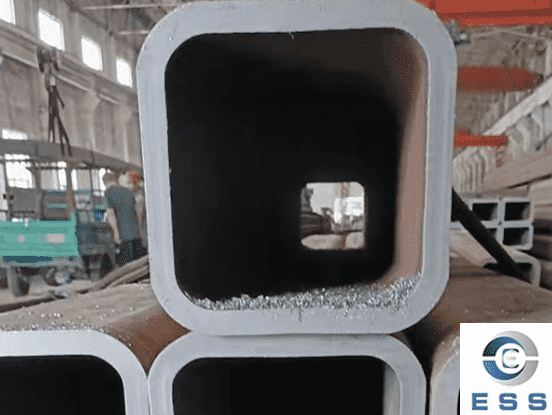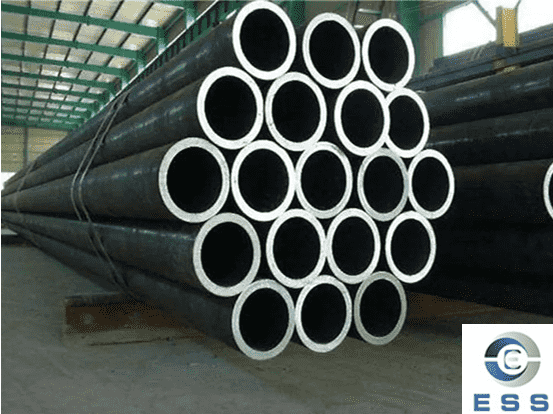Factors and principles affecting the corrosion of octg pipes

OCTG, the full name of which is Oil Country Tubular Goods, is a special oil pipe. It refers to a type of steel pipe specially used for oil and natural gas extraction. Most of them are seamless steel pipes, but welded pipes also account for a considerable proportion. It is mainly divided into tubing, casing pipe and drill pipes.
Corrosion factors affecting octg pipes
1. PH value: Hydrogen ions are cathode depolarizers. Generally, the smaller the PH value, the more serious the metal corrosion. When the pH value is greater than 6.6, the corrosion rate begins to decrease.
2. Cl-, total mineralization: Cl- is the main factor in destroying the passivation film and is an accelerator for pitting pits. In many environments such as CO2 corrosion, it is the main factor in destroying the CO2 corrosion film and accelerating pitting. The increase in mineralization increases the conductivity of the liquid, the increase in harmful ions, and the acceleration of corrosion; precipitation is easy to occur, and under-scale corrosion occurs.
3. Temperature: Generally, the corrosion rate increases with increasing temperature. This is mainly because the particle diffusion rate increases and the reaction accelerates.
4. Flow rate: This is an extremely important and complex factor. It includes physical, mechanical and electrochemical contents, and mainly has the following three forms of damage, namely cavitation, abrasion and corrosion.
5. Dissolved oxygen: Dissolved oxygen concentration is the main influencing factor of corrosion. The deoxygenation link of drilling mud and sewage reinjection is very important.
6. Others: such as water content, protective film, impurities, oxygen content, bacteria and other influencing factors.
Principle of OCTG pipe corrosion
1. Corrosion mechanism mainly based on electrochemical corrosion: The ferrite of steel is the anode, and the cathode is the carbonite with higher potential, forming a corrosion couple, and the anode gradually dissolves, that is, electrochemical weight loss corrosion.
2. Characteristics of CO2 corrosion: local corrosion, showing pitting, ring-shaped corrosion and table-shaped pitting, with high perforation rate.
3. Characteristics of H2S corrosion: Stress corrosion cracking (SSCC) is formed. Hydrogen sulfuric acid is easily ionized, and the generated H+ causes hydrogen corrosion of low-strength steel and hydrogen embrittlement of high-strength steel.
4. The role of water in the medium:
(1) Water is an indispensable medium for electrochemical reactions.
(2) Both CO2 corrosion and corrosion occur through the formation of acidic substances (carbonic acid and hydrosulfuric acid) when CO2 dissolves in water.
(3) Acidic conditions intensify ionization and electrochemical corrosion.
5. Characteristics and mechanisms of sulfate-reducing bacteria (SRB) corrosion: The casing is in a dead water and anoxic state for a long time, and sulfate-reducing bacteria (SRB) multiply in large numbers, reducing sulfate to H2S, causing severe corrosion. The manifestations are hydrogen corrosion of low-strength steel and hydrogen embrittlement of high-strength steel.
6. Stress corrosion: Due to the heavy weight of the drill bit itself, due to the rotation of the drill bit, especially the drilling of directional wells, the friction between the drill bit and the formation or casing is very large, that is, there is a lot of stress, and the interaction in the corrosive medium causes corrosion cracking.
7. Mechanical wear and man-made damage: Especially in the presence of stress, local wear or scratches will become the source of corrosion failure.













 Eastern Steel Manufacturing Co.,Ltd not only improve product production and sales services, but also provide additional value-added services. As long as you need, we can complete your specific needs together.
Eastern Steel Manufacturing Co.,Ltd not only improve product production and sales services, but also provide additional value-added services. As long as you need, we can complete your specific needs together.










